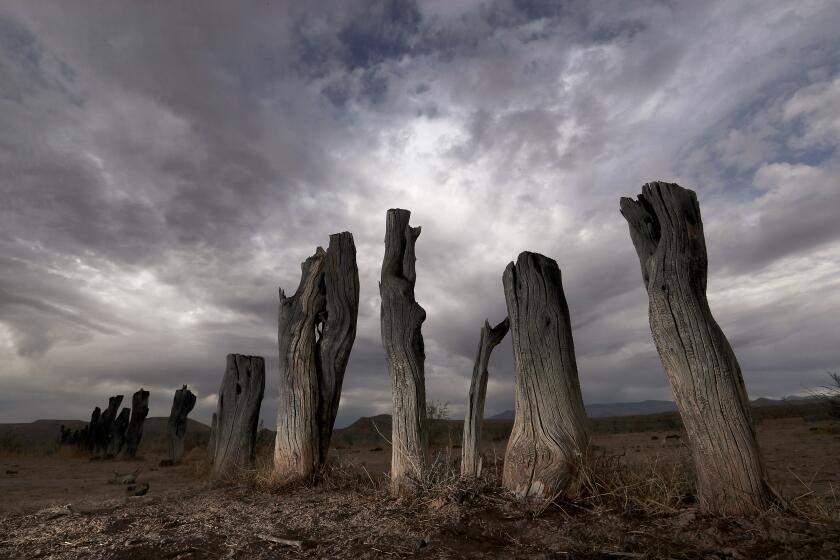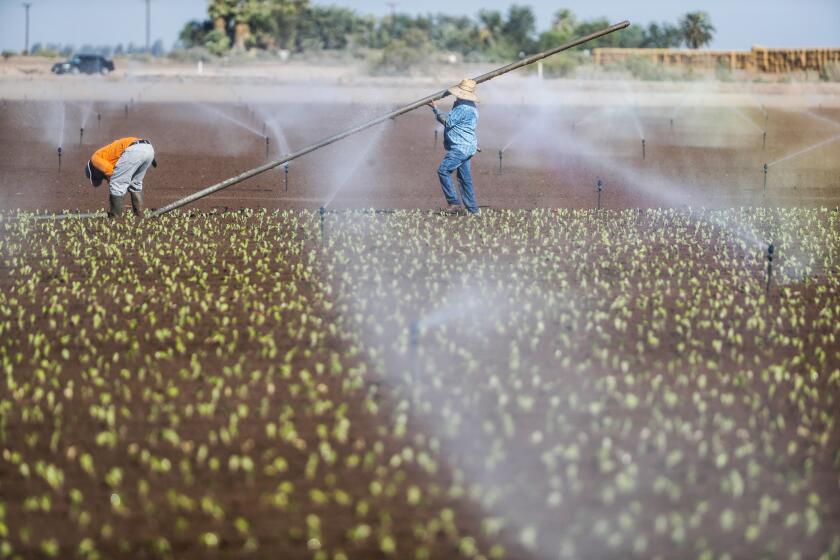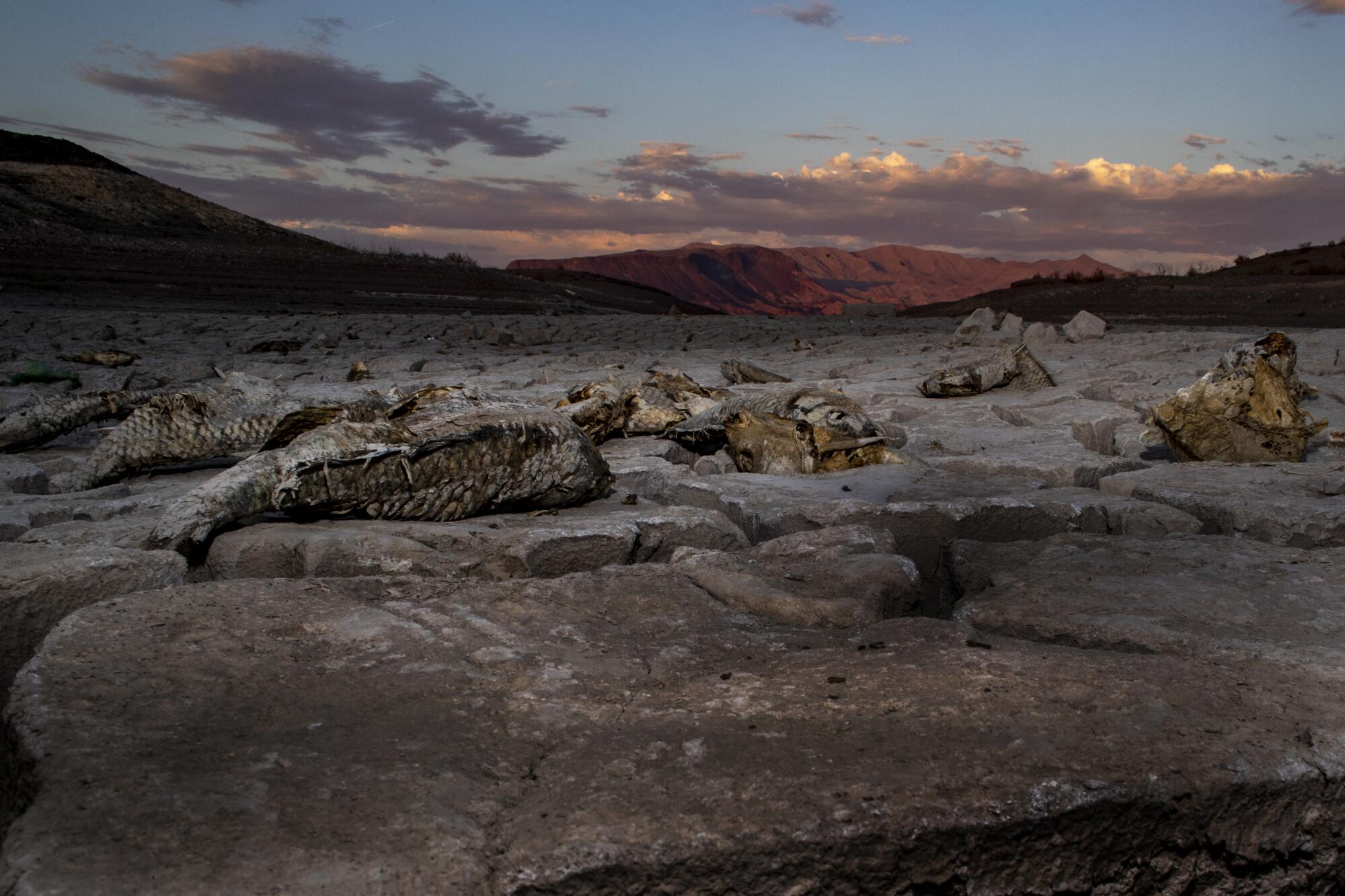
- Share via
Three years ago, climate researchers shocked drought-weary Californians when they revealed that the American West was experiencing its driest 22-year period in 1,200 years, and that this severe megadrought was being intensified by global warming.
Now, a UCLA climate scientist has reexamined the data and found that, even after two wet winters, the last 25 years are still likely the driest quarter-century since the year 800.
”The dryness still wins out over the wetness, big time,” said UCLA professor Park Williams.
The latest climate data show that the years since 2000 in western North America — from Montana to California to northern Mexico — have been slightly drier on average than a similar megadrought in the late 1500s.
Williams shared his findings with the Los Angeles Times, providing an update to his widely cited 2022 study, which he co-authored with scientists at Columbia University’s Lamont-Doherty Earth Observatory.
The new findings reveal that even the unusually wet conditions that drenched the West since the start of 2023 pale in comparison to the long stretch of mostly dry years over the previous 23 years.
And that dryness hasn’t been driven by natural cycles alone. Williams and his colleagues have estimated that a significant portion of the drought’s severity — roughly 40% — is attributable to warming driven by the burning of fossil fuels and rising levels of greenhouse gases. The warming that has occurred in the region, an increase of more than 2.5 degrees Fahrenheit since recordkeeping began more than a century ago, has intensified the dry conditions, making the latest megadrought significantly more severe than it would be without climate change.
But are we still in a megadrought? How will we know when the megadrought is finally over?
Williams said those questions will take some time to answer, and the conclusions will only become clear in hindsight.
“Based on the definition of megadrought that we’ve been using, which involves looking at the past 10 years to see if dry or wet conditions prevailed, we can only see the termination of a megadrought in hindsight,” Williams said. “If the next few years are on average wet, that will mark the end of the megadrought. If they’re dry, the megadrought will continue.”
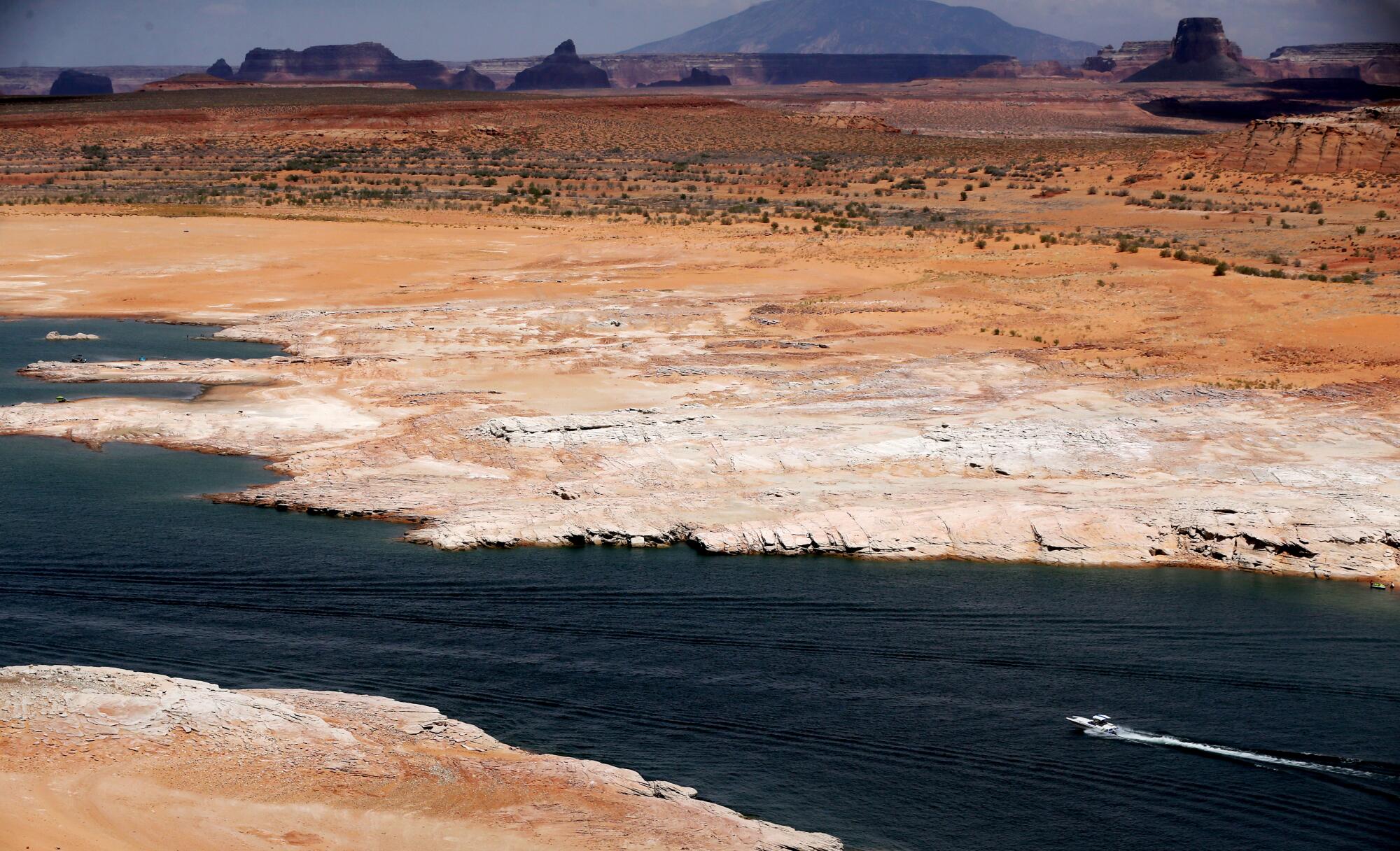
Williams and his colleagues track the severity of drought using a 10-year running average of summer soil moisture throughout western North America.
They compare this century’s drought and other megadroughts using ancient records captured in the growth rings of trees. Wood cores extracted from thousands of trees provide data for about 1,600 sites across the region, enabling scientists to reconstruct the soil moisture centuries ago.
A comparable megadrought occurred from 1571 to 1593, ending after 23 years. Williams said his latest review of data through June shows that the last 25 years, when compared with the late 1500s, have been “ever so slightly drier.”
“It’s important to recognize that even the megadroughts in our tree-ring reconstruction had extremely wet years within them, wet years like 2023,” Williams said. “Megadroughts can take brief breaks.”
Whether this megadrought continues or eases will become clearer over the next year or two, he said.
If wetter-than-average conditions continue, he said, it might be the case that the megadrought already ended after 23 years in 2023. On the other hand, it might be that the rest of 2024 turns out to be drier than average and is followed by more dry years, in which case the megadrought would still be underway.
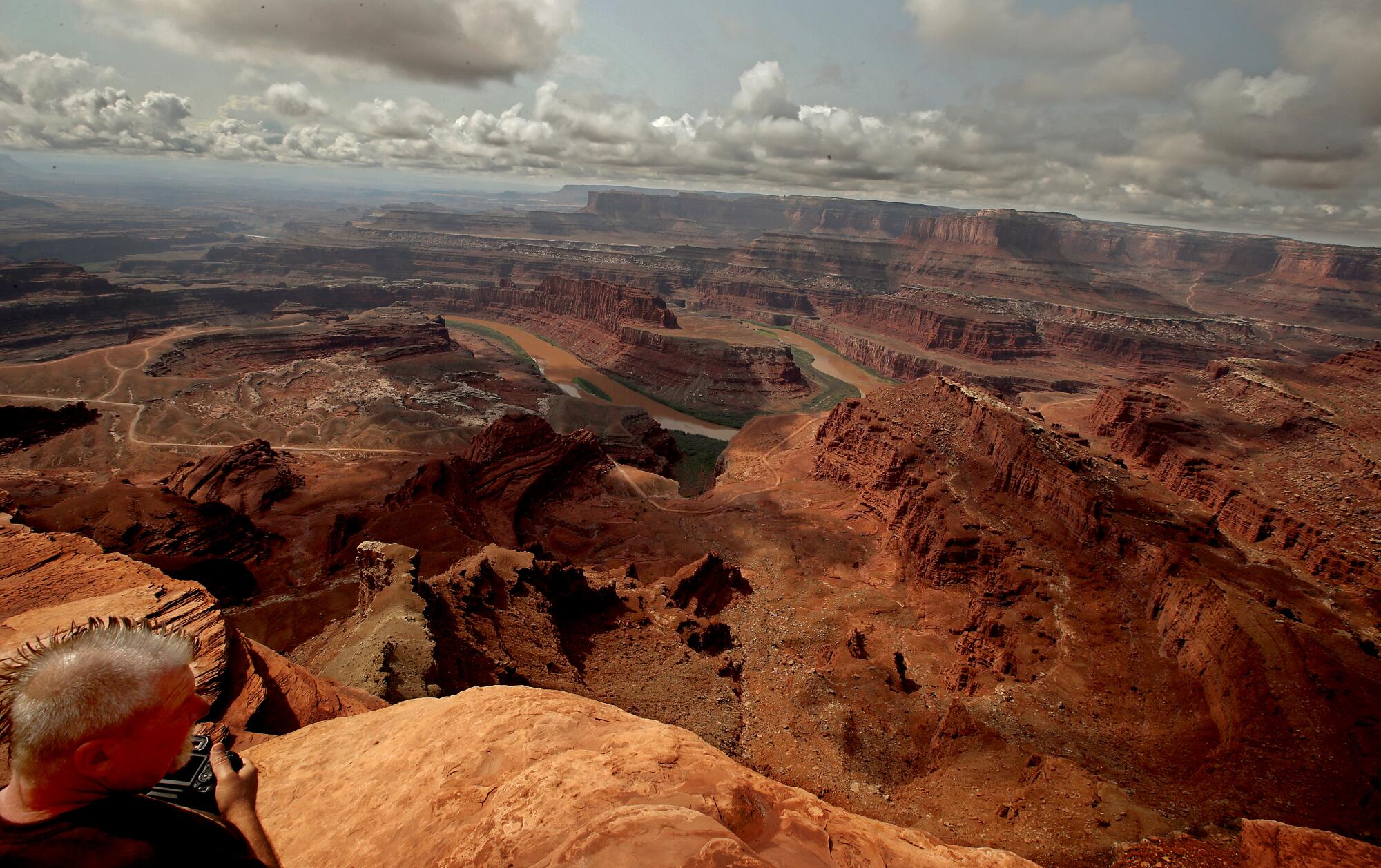
Williams said his research shows that much of the drought’s severity has been driven by the West’s extreme natural variability, which he likens to a yo-yo going from wet to dry. But these variations are now superimposed on a drying trend with climate change, he said, a “shifting baseline” that is making droughts more severe and longer lasting.
Williams said it’s very likely the megadrought since 2000 wouldn’t be on par with the long droughts of centuries ago if it weren’t for the warmer temperatures being unleashed by human-caused climate change.
“We don’t know whether or not the next 10 years is going to be a good luck sequence or a bad luck sequence,” Williams said. “But we do know, based on climate modeling and math and logic, that as long as the atmosphere continues to get warmer, then the chances that the next 10 years are drier than average will be higher than they were in the last century.”
The West is experiencing its most severe megadrought in a millennium, according to a new study. Scientists say climate change is playing a major role.
Scientists and policy experts widely agree that adapting to aridification driven by climate change in the western U.S. will require major changes in how limited water supplies are managed for farms, cities and the environment.
“Regardless of what happens in the next few years, which will be dictated mostly by the randomness of weather, as the atmosphere continues to warm we should expect it to continue to degrade our water supply,” Williams said. “A warmer atmosphere is a thirstier atmosphere, and without a compensating increase in precipitation, which has not occurred, humans and ecosystems will be left with less water.”
That will require a continued focus on curbing unsustainable overuse of water from rivers and aquifers, he said. “Even during periods of good luck and wetness, we cannot forget that the long-term average is drifting towards being drier.”
California’s Imperial Irrigation District is preparing to pay growers to temporarily stop watering hay crops to ease strains on the Colorado River.
Williams said the data suggest that by 2100, the region will most likely have experienced one or two additional megadroughts, which could be even more severe.
And yet, looking to the future, the biggest source of uncertainty in the climate projections is how people will respond in addressing climate change.
“We, the burners of fossil fuels, actually have a huge ability to control the climate over the rest of this century. The climate of the 2090s is very sensitive to what we do with fossil fuels in the next 20 to 30 years,” Williams said. “We need to reduce carbon emissions in order to stabilize the climate.”
Toward a more sustainable California
Get Boiling Point, our newsletter exploring climate change, energy and the environment, and become part of the conversation — and the solution.
You may occasionally receive promotional content from the Los Angeles Times.
